 8383
8383
 8383
8383
 8383
8383
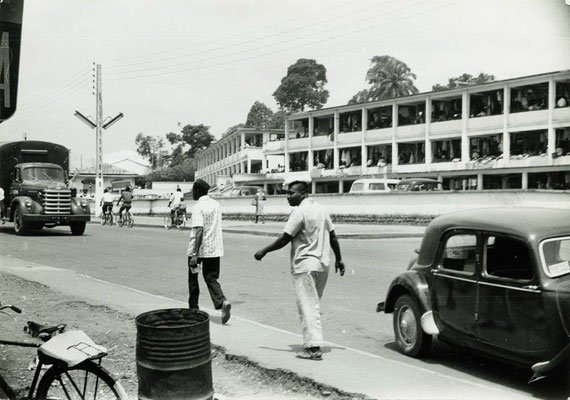
The Cameroonian social protection system has undergone two phases of evolution: that of pre-independence and that of post-independence. However, it should be noted that before this ordering, some colonial texts already laid the foundations for an embryonic social security system in Cameroon; to illustrate this, it is worth mentioning the decree of 17 November 1937 which, for the first time, established the principle of direct compensation by employers for work accidents suffered by their workers.
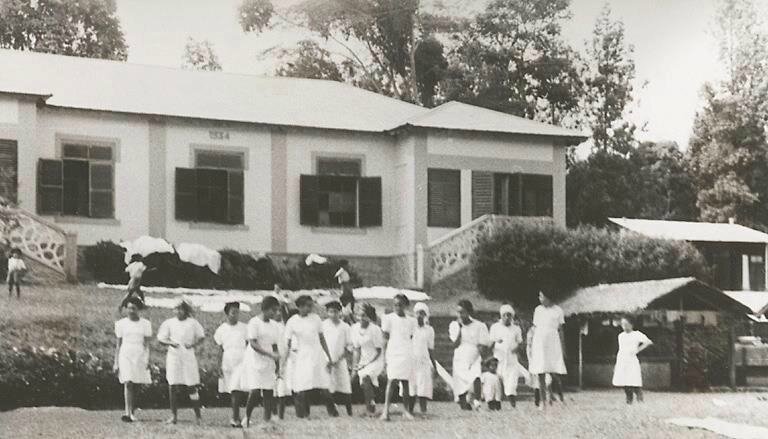
The decree of January 7, 1944, regulating labor in Cameroon, particularly in Title VI, established a system of compensation for work-related accidents and occupational diseases.
This system was not only discriminatory because it only applied to indigenous workers, but the compensation was also derisory.
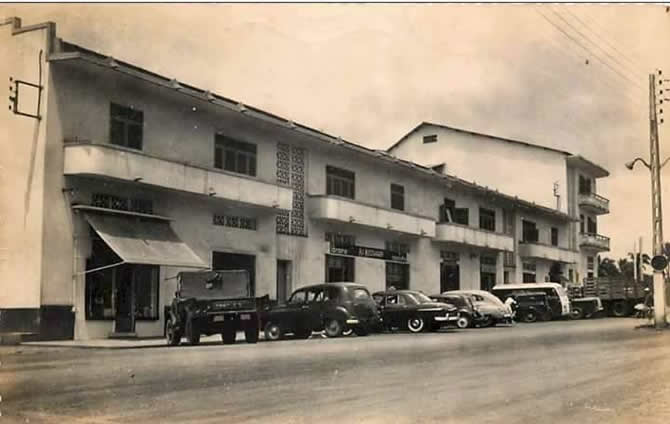
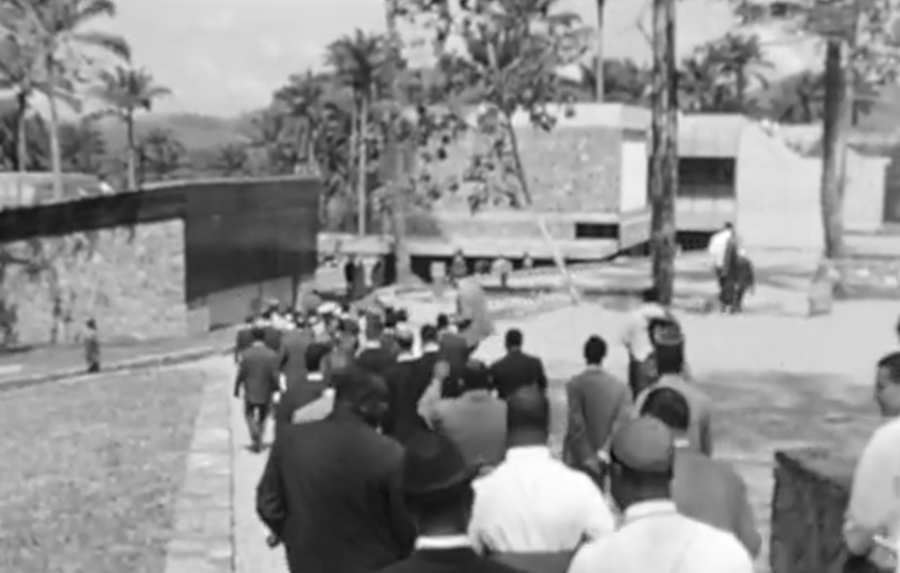
The overseas labor code promulgated on December 15, 1952, brought some order to the numerous initiatives of the various colonial administration texts aimed at establishing some seeds of social insurance in Cameroon. The benefits of the Compensation Fund were extended to all workers (Article 237 of the code). A decree of July 1, 1956 effectively extended the scope of the personal jurisdiction of the Family Benefits Compensation Fund.
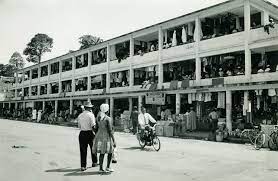
On the eve of independence, Law No. 59/25 of April 11, 1959, repealed the 1956 decree and reorganized the fund. Family benefits include:
The 1952 Labor Code also provided for the extension of occupational risk coverage (illness and accident) to all workers. The decree of February 24, 1957, organized the system. It was based on the idea of employer liability for occupational illnesses and accidents. However, benefits were provided by an insurance organization to which employers paid contributions. Ultimately, while the idea of liability was retained, it was diluted since contributions were due regardless of whether any damage had actually occurred. The system operated with several insurance organizations, all private insurance companies. However, contributions and benefits were set by the authorities. The former varied according to the risk incurred, the latter according to the severity of the injury. The 1952 Labor Code finally allows for the extension of old-age risk coverage to Cameroonians. The system adopted is in line with the French system provided for by the 1945 Ordinance. This is the pay-as-you-go system, consisting of active workers contributing to the provision of benefits to retirees.

With independence and reunification, Cameroon, a member of the labor organization since 1960, was forced to adapt its legislation to international standards. This adjustment of the legal framework for social protection was achieved through: